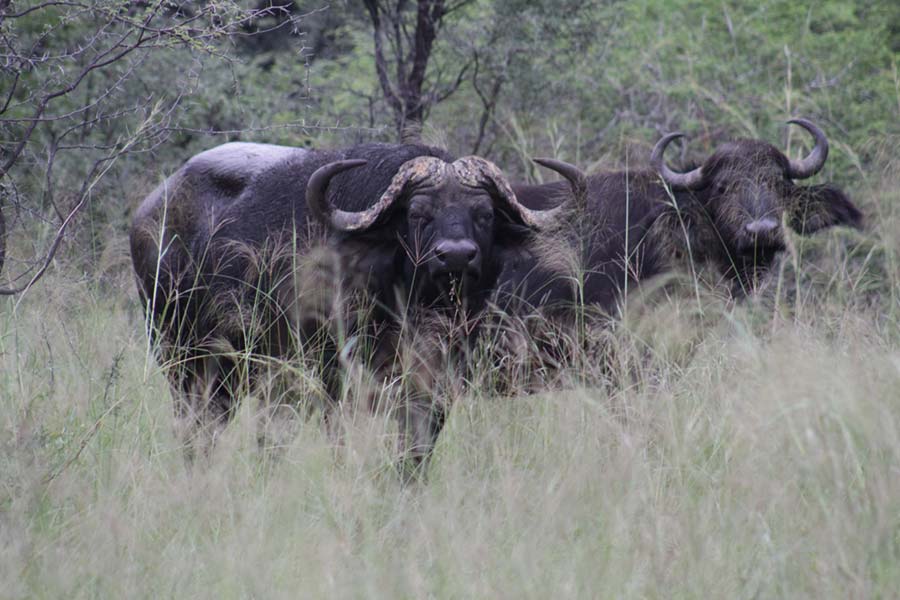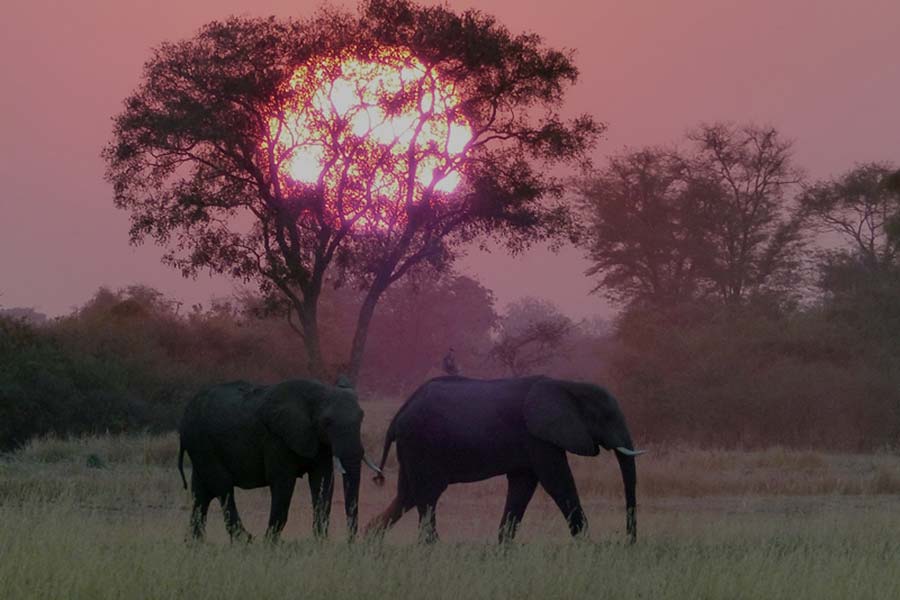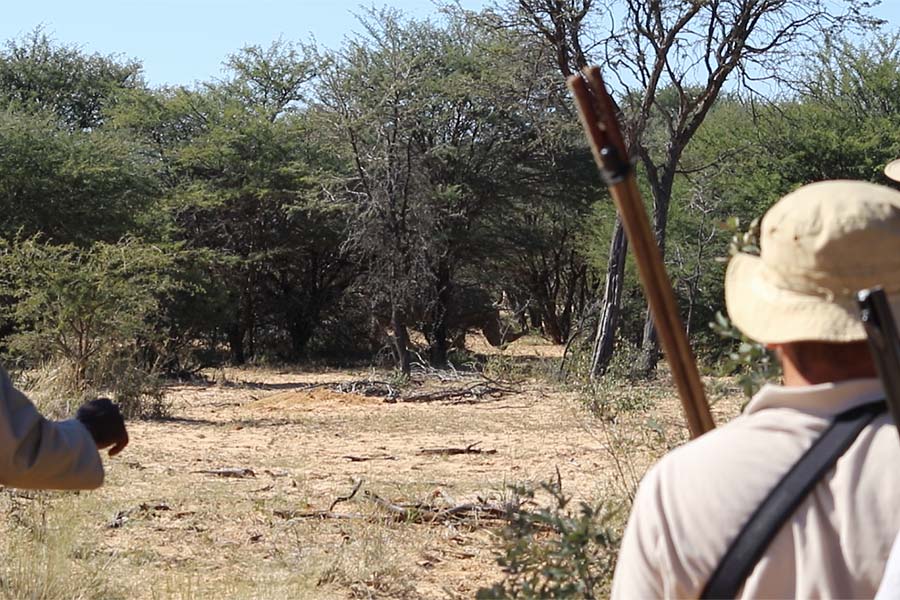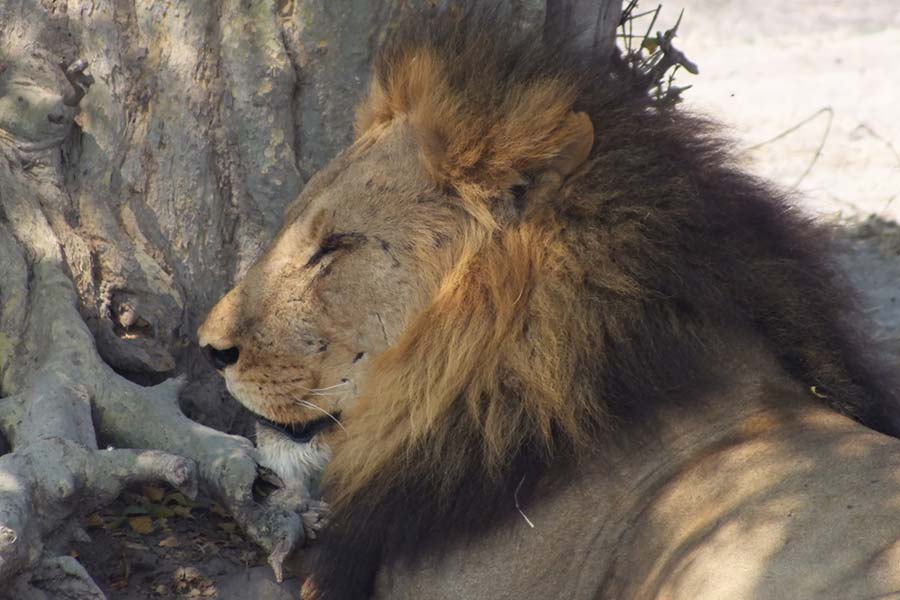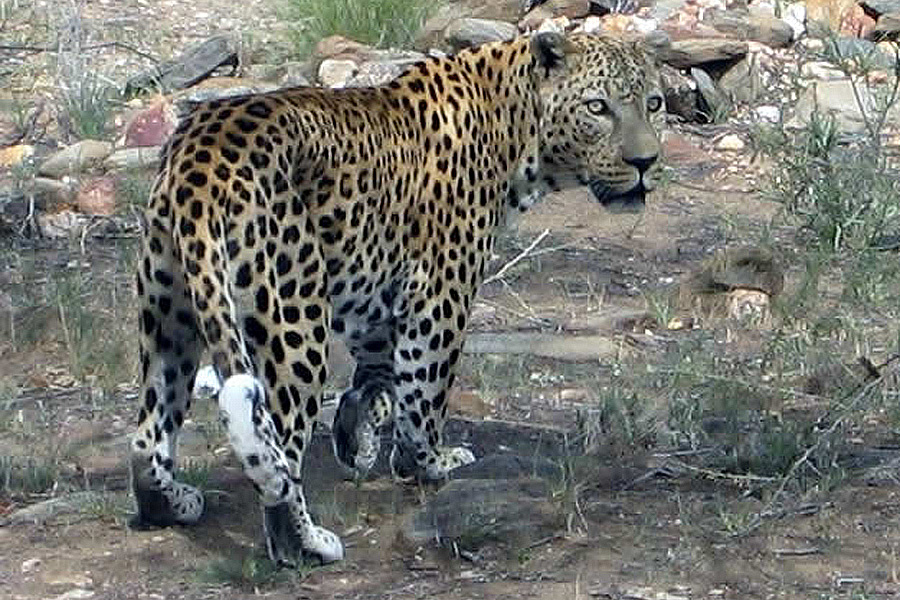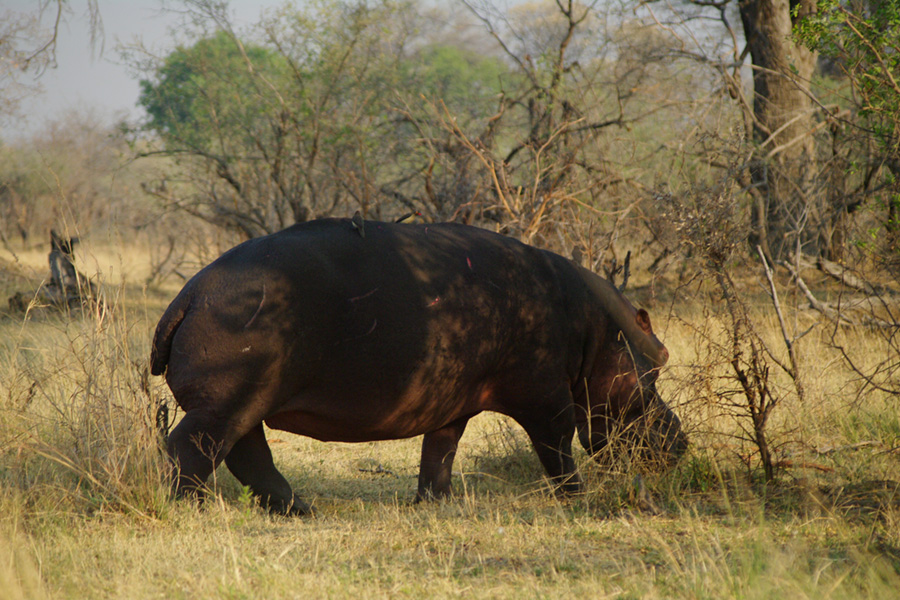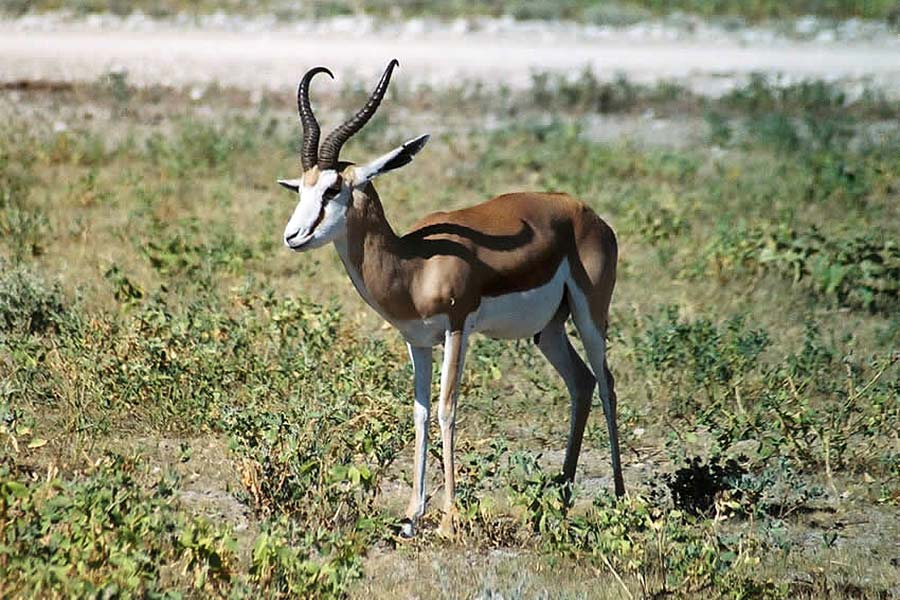Hunting in Namibia
Namibia is situated in the arid South-West of Africa on the latitude of the Tropic of Capricorn. With 824 292 sq km (317 684 sq miles), Namibia makes up 2,7 % of Africa and is nearly 2,5 times bigger than Germany, or four times the size of Great Britain and larger than Texas. Namibia's neighbors to the north are Angola and Zambia, to the east Botswana, to the south the Republic of South Africa and to the west is the southern Atlantic Ocean.
From north to south Namibia is approximately 935 km (580 miles) long and from east to west approximately 380 km (235 miles) wide. The highest part of Namibia averages 1 650 m (5 000 feet) above sea level, with the highest mountain, the Brandberg, at 2 540 m (7 750 feet).
The country's beauty lies in its rich diversity of fauna and flora, in the meeting of desert, mountain and sea. Namibia has a population of just over 2.4 million, of which 330 000 live in the capital, Windhoek.
A well developed infrastructure with 64 000 km ( 40 000 miles) of roads that are in an excellent condition compared to the rest of Africa.
Most important of all, Namibia has a sound, stable political atmosphere since independence in 1990.
That’s why over 6000 foreign hunters come hunting in Namibia each year.
Hunt the "Big Five" in Namibia
Buffalo Hunting
Few other game animals are held in higher esteem as a worthy hunting adversary than the African Cape Buffalo. The sheer thrill of hunting this mountain of muscle and attitude is unrivalled and quite addictive. Buffalo are similar to cattle in that they are herd animals, preferring the open savannah where grazing and water is plentiful.
Elephant Hunting
Many hunters dream of the day they can relive one of Africa's oldest hunting traditions of toting a double rifle over their shoulder and taking on a beast the size of a double decker bus. A big bull Elephant with 100 pound ivory tusks is considered by many as the ultimate African trophy, but these days anything over 40 pounds is still considered trophy quality.
Rhino Hunting
Namibia can boast having black and white rhino forming an integral part of its landscape. These granite grey herbivores have an impeccable sense of hearing and smell, but their eyesight is relatively poor. They will make up for this by either running away or adopting the policy of charging anything that provokes suspicion. This turns them into unpredictable and formidable adversaries.
Lion Hunting
Most of the free roaming lions left in Namibia are protected within the National Park boundaries but when they cross over into neighbouring tribal conservancies like the King Nehale conservancy which is situated directly on the northern border of the famous Etosha National Park they often become a problem when they start to prey on cattle.
Leopard Hunting
Elusive and dangerous are the first thoughts any hunter should have when leopard hunting. This is, pound for pound, the most dangerous animal in the world when wounded, drawing a deep respect from all who have hunted this magnificent creature.
Hippo Hunting
The Hippo, is one of Africa's iconic animals, much like the Elephants and the Lions, yet we don't see them much because 95 percent of their bodies are usually hidden beneath the water. Hippo have a reputation as one of the most dangerous killers in Africa but this is more due to their territorial temperament than their nature.
Rare game species and plains game










